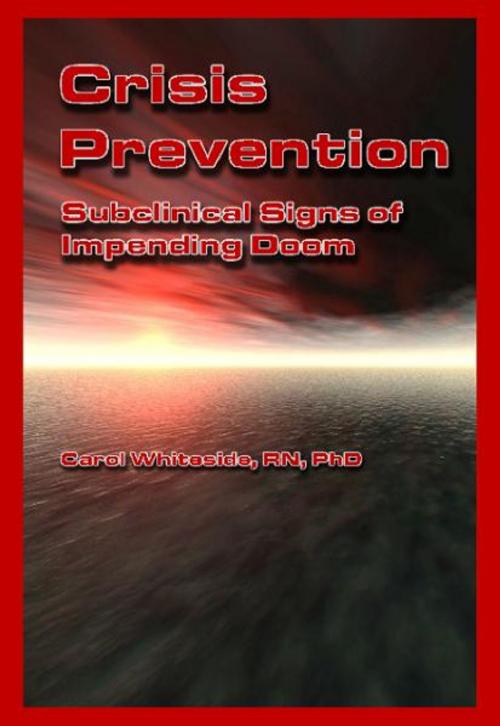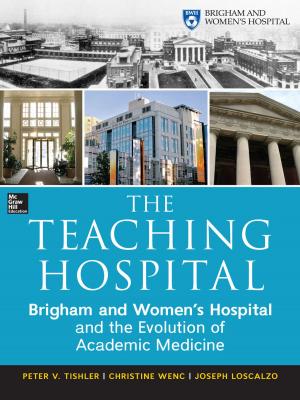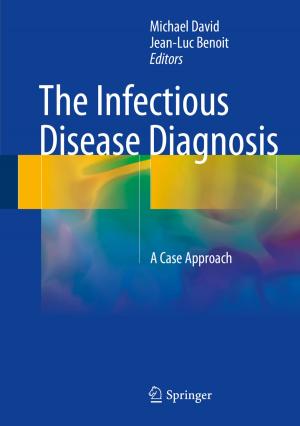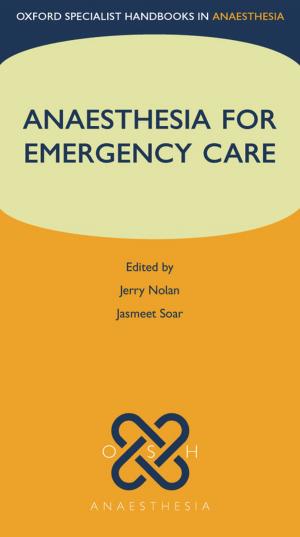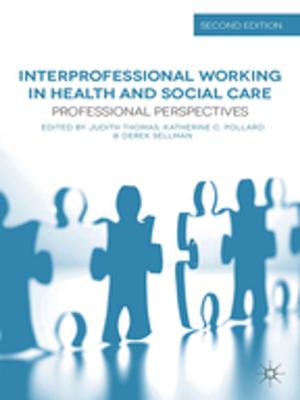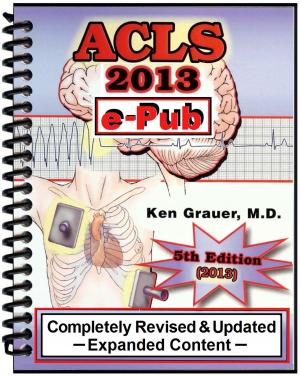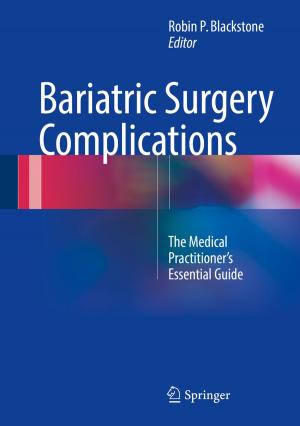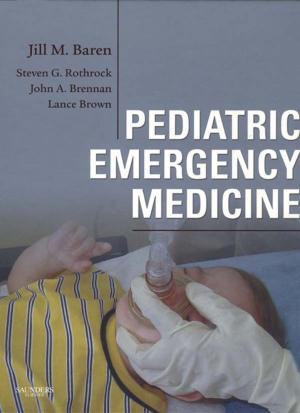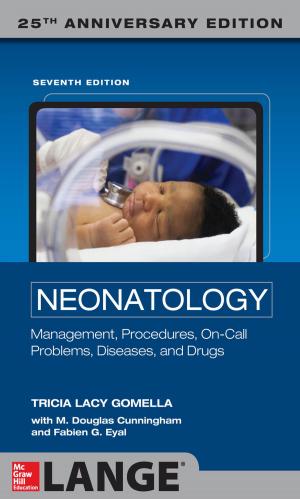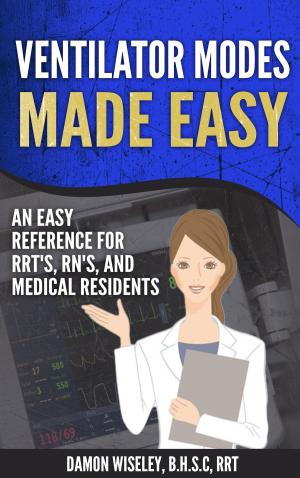Crisis Prevention: Subclinical Signs of Impending Doom
Nonfiction, Health & Well Being, Medical, Nursing, Emergency| Author: | Carol Whiteside | ISBN: | 9781937661953 |
| Publisher: | PHC Publishing Group | Publication: | May 1, 2008 |
| Imprint: | Language: | English |
| Author: | Carol Whiteside |
| ISBN: | 9781937661953 |
| Publisher: | PHC Publishing Group |
| Publication: | May 1, 2008 |
| Imprint: | |
| Language: | English |
Nurses care for patients with higher acuity rates than ever before, and nurses are expected to know more than ever before. The nurses job is not one of crisis management, it is one of crisis prevention. But to prevent a crisis, you must be able to see it coming before it arrives.Clinical signs are the ones they taught in nursing school: vital signs, lung sounds, neuro-vascular checks, etc. These signs are great for recognizing a dilemma because they occur after the bodys compensatory mechanisms have failed to correct the problem. What if we could see the signs that compensation was taking place before the process failed? We can. The actions and events occurring on a cellular level are those that spell wellness or illness in the human body. An understanding of cellular metabolism will help us understand the bodys compensatory mechanisms and see the danger signs before its too late. It is these subclinical signs of impending doom that this book depicts -- how to tell your patients are going bad before they keel over and die.About the Author:Carol Whiteside has been a nurse for over 35 years. She is a clinical nurse specialist and a cardiovascular nurse specialist. Carol has been a staff nurse, cath lab manager, nursing supervisor and director of education. She previously worked in a trauma unit, medical surgical unit, cardiac ICU, medical ICU, adult and pediatric open heart surgery, neonatal ICU and a burn unit. Carol has also been a preceptor and a clinical nursing instructor. Additionally, she is a nurse entrepreneur presenting courses in critical care topics, EKG interpretation, ACLS, critical thinking and a variety of other nursing topics. Carol has been a sought-after speaker for many years. She has the unique ability to combine her vast clinical background and information with critical thinking strategies.
Nurses care for patients with higher acuity rates than ever before, and nurses are expected to know more than ever before. The nurses job is not one of crisis management, it is one of crisis prevention. But to prevent a crisis, you must be able to see it coming before it arrives.Clinical signs are the ones they taught in nursing school: vital signs, lung sounds, neuro-vascular checks, etc. These signs are great for recognizing a dilemma because they occur after the bodys compensatory mechanisms have failed to correct the problem. What if we could see the signs that compensation was taking place before the process failed? We can. The actions and events occurring on a cellular level are those that spell wellness or illness in the human body. An understanding of cellular metabolism will help us understand the bodys compensatory mechanisms and see the danger signs before its too late. It is these subclinical signs of impending doom that this book depicts -- how to tell your patients are going bad before they keel over and die.About the Author:Carol Whiteside has been a nurse for over 35 years. She is a clinical nurse specialist and a cardiovascular nurse specialist. Carol has been a staff nurse, cath lab manager, nursing supervisor and director of education. She previously worked in a trauma unit, medical surgical unit, cardiac ICU, medical ICU, adult and pediatric open heart surgery, neonatal ICU and a burn unit. Carol has also been a preceptor and a clinical nursing instructor. Additionally, she is a nurse entrepreneur presenting courses in critical care topics, EKG interpretation, ACLS, critical thinking and a variety of other nursing topics. Carol has been a sought-after speaker for many years. She has the unique ability to combine her vast clinical background and information with critical thinking strategies.
